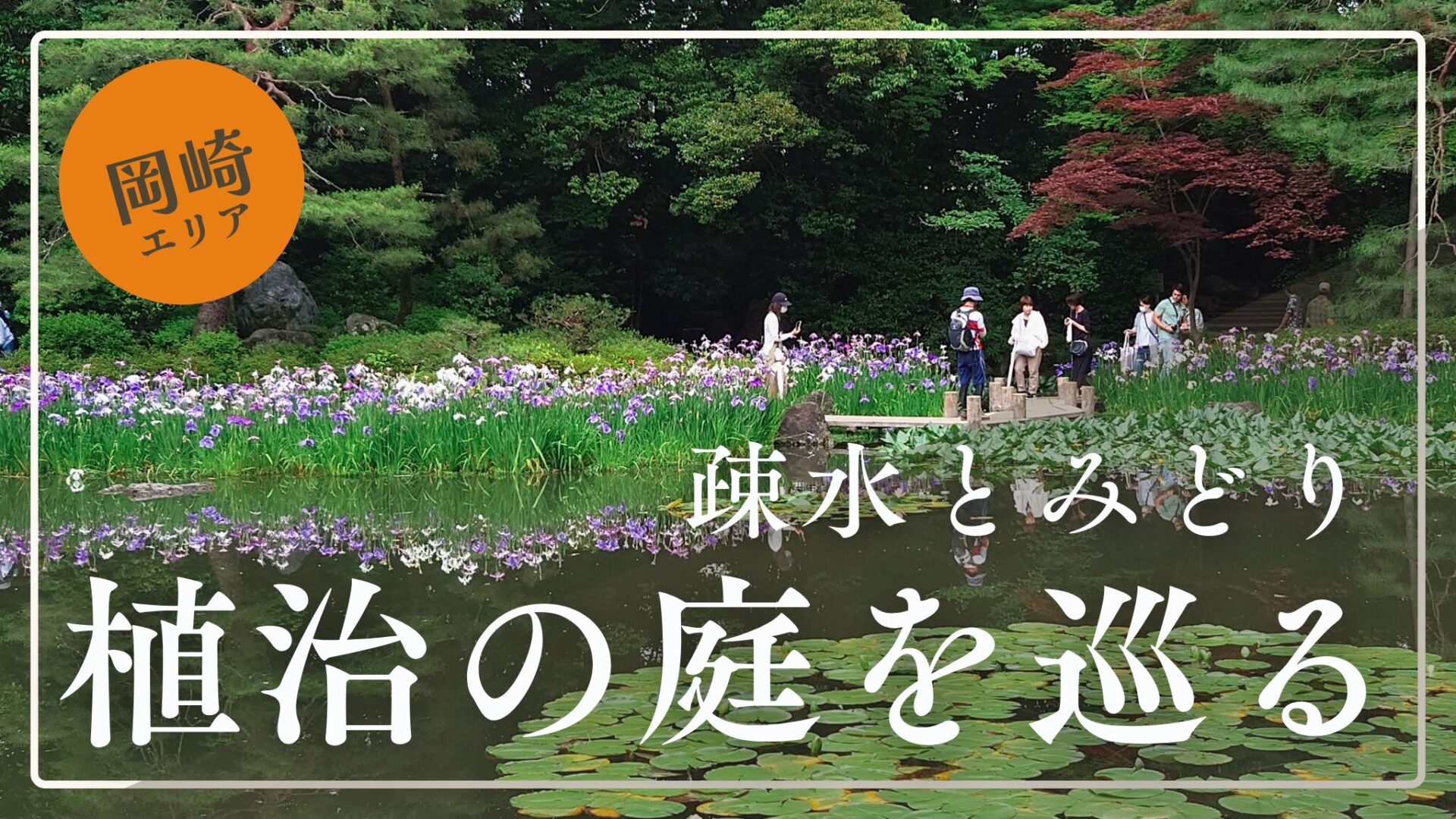Have you ever longed to step away from the noise of the city and simply spend quiet, peaceful time? If so, immersing yourself in the profound beauty of Kyoto—especially in its gardens—might be just what you need.
The temple and shrine gardens of the ancient capital are, of course, magnificent. But here, I’d like to invite you on a journey through the Okazaki area of Kyoto to experience the gardens designed by Ueji (the seventh-generation Ogawa Jihei), the master who laid the foundation of modern Japanese gardens.
These are special places that even many locals don’t know about. My hope is that by learning about these gardens, you’ll sense the calm and renewal they offer, and perhaps encounter a new side of yourself along the way.
Who Was Ueji (Seventh-Generation Ogawa Jihei)? │ The Aesthetic Vision of Modern Japanese Gardens
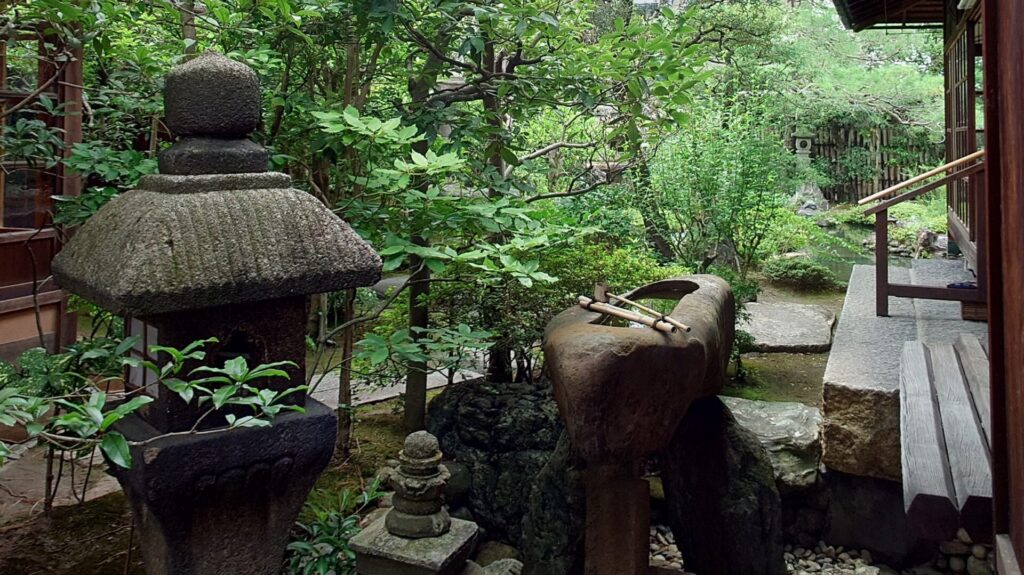
“Ueji” refers to Ogawa Jihei VII, an influential garden designer active during the Meiji and Taishō eras. His creations, often called “Ueji’s gardens,” introduced innovations that deeply shaped the aesthetic of Japanese gardens as we imagine them today.
His most distinctive feature was his ingenious use of water, drawn from the Lake Biwa Canal, to create flowing streams and waterfalls. These lively water features breathe movement into the entire garden, as if a natural mountain stream had been transplanted there. Another hallmark of his innovation was the introduction of lawns—rare in Japanese gardens at the time—which brought brightness and openness to his spaces. He was also a master of shakkei (borrowed scenery), incorporating the Higashiyama mountains into his gardens to give them a sense of vastness and continuity with nature.
Ueji designed gardens for many statesmen and business magnates, prioritizing natural scenery and movement over artificial ornamentation. His philosophy created spaces that were not only beautiful but also deeply soothing—gardens that touched the spirit and calmed the mind.
Four Ueji Gardens to Visit │ Healing Spaces in the Okazaki Area
The Okazaki district, located in eastern Kyoto, is a cultural hub filled with museums and art institutions. Within this area are several gardens into which Ueji poured his soul. Each has its own character and reveals his design philosophy in a unique way.
1. Murin-an │ Ueji’s Masterpiece and the Pinnacle of Modern Japanese Gardens
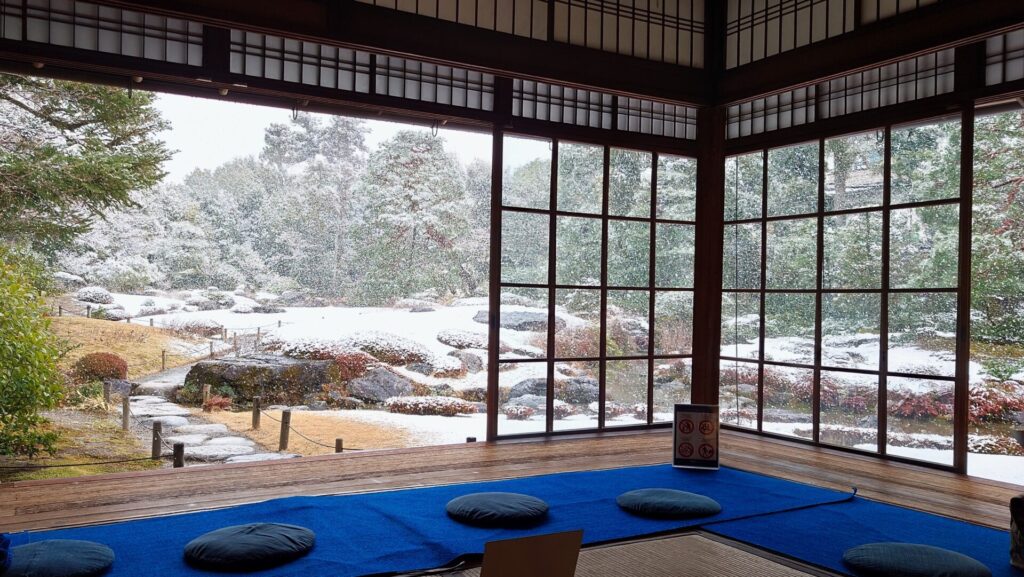
Nestled quietly in a residential neighborhood, Murin-an was created by Ueji as the villa garden of Yamagata Aritomo, a leading statesman of the Meiji era. It is often hailed as the “pinnacle of modern Japanese gardens.”
Upon entering, you are immediately struck by the sweeping borrowed scenery of the Higashiyama mountains. Water drawn from the Lake Biwa Canal cascades into waterfalls and streams that flow throughout the garden, evoking the vitality of a natural river. Bright green lawns—remarkably forward-thinking for the time—enhance the sense of openness. Blending Yamagata’s aesthetics with Ueji’s philosophy, the garden balances beauty with functional design as an urban retreat. Sitting on the veranda, listening to the sound of running water while gazing at seasonal foliage and blossoms, brings profound peace to the heart.
2. Heian Shrine Garden (Shin’en) │ Elegant Traditional Beauty in a Vast Space
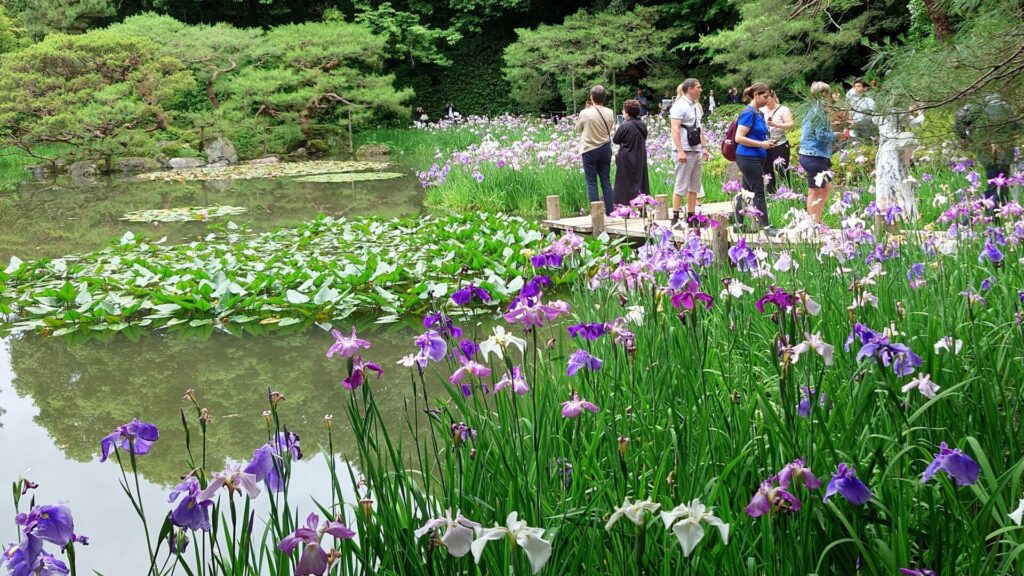
Heian Shrine, an iconic landmark of Okazaki, houses within its expansive grounds the Shin’en gardens, also designed by Ueji. These gardens harmonize the shrine’s traditional style with Ueji’s modern sensibility.
The grounds consist of several strolling gardens with ponds: the Western, Central, and Eastern gardens, each with a distinct character. One highlight is the view from the Taiheikaku (covered bridge) in the Eastern Garden, overlooking the azure Sōryū Pond. The vermilion shrine buildings reflected against lush greenery evoke the elegance of Kyoto’s Heian period. With abundant water from the Lake Biwa Canal, arched bridges, and seasonal flowers, the scenery feels both majestic and tranquil. A slow stroll through the grounds allows you to fully savor the sacred atmosphere and natural beauty.
3. Tairyu Sanso │ A Once-Private “Hidden Garden” Revealed
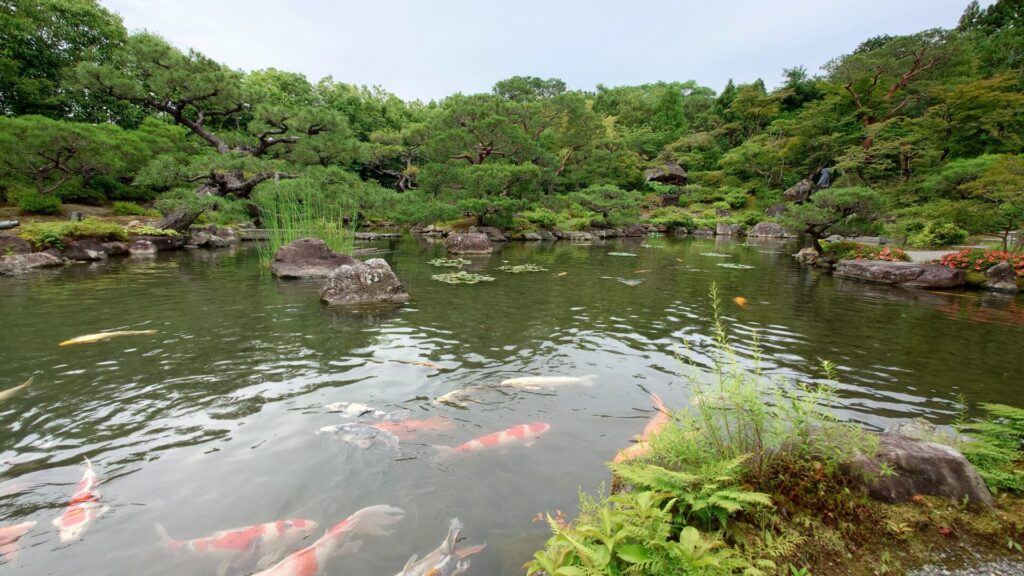
Long closed to the public, Tairyu Sanso has recently opened its doors. Built as the villa of a businessman in the modern era, its gardens were also designed by Ueji.
This pond-centered strolling garden, fed by the Lake Biwa Canal, features Ueji’s hallmark openness and brightness. Natural topography is skillfully integrated with flowing water and carefully placed stones, creating a landscape that feels timeless and alive. Seasonal blossoms ensure beauty throughout the year.
Inside the villa, visitors can also view artworks by Yokoyama Taikan, Maruyama Ōkyo, and Takeuchi Seihō, among others. Socks are required for entry, so don’t forget to bring a pair. With Nanzen-ji and Konchi-in nearby, it makes for a perfect combined visit.
4. Namikawa Yasuyuki Cloisonné Museum Garden │ A Harmony of Delicate Enamel and Flowing Water
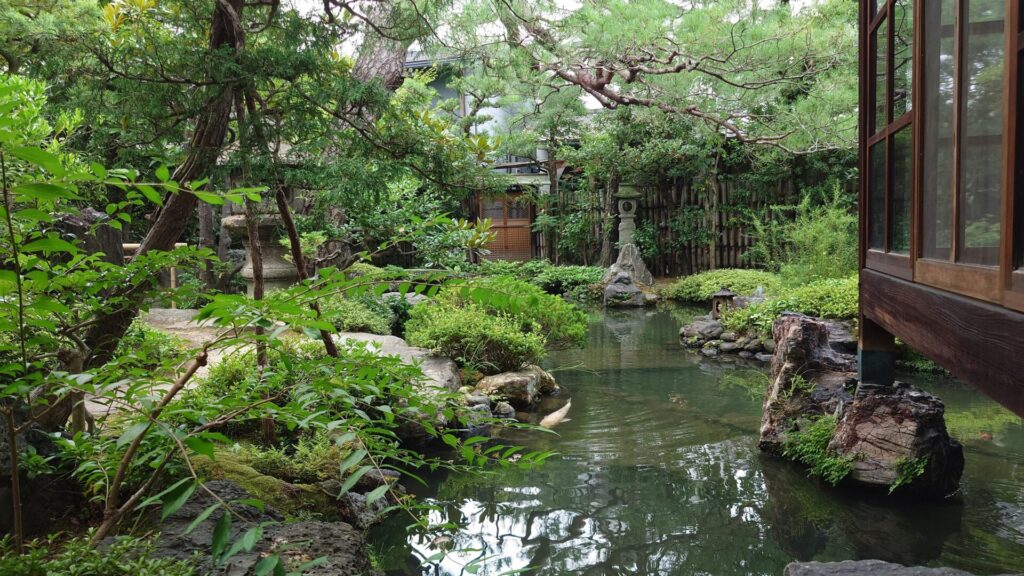
Located in Higashiyama, not far from Heian Shrine, the Namikawa Yasuyuki Cloisonné Museum was once the home and studio of Namikawa, a renowned cloisonné artist of the Meiji era. While visitors come to admire his intricate enamel works, the museum also hides another treasure: Ueji’s debut garden.
Viewed through the glass doors of the residence, the garden appears like a framed painting. Gentle streams of water and artfully placed stones reflect the same delicacy as Namikawa’s cloisonné pieces, creating a unique sense of harmony. This early work reveals how the young Ueji was already experimenting with water and nature as artistic expression. After admiring the cloisonné, step into the garden, listen to the murmur of the stream, and let yourself be embraced by serenity.
Exploring Okazaki │ Beyond Garden-Hopping
Most of the gardens introduced here are located in Kyoto’s Okazaki cultural zone. This area offers more than gardens—you can easily spend a full day exploring.
For example, visit major art museums such as the Kyoto City Kyocera Museum of Art or the National Museum of Modern Art, Kyoto. Or take a short walk to nearby temples around Nanzen-ji, known for their historic atmosphere. When you need a break, stylish cafés are scattered throughout the neighborhood. With convenient city bus routes and pedestrian-friendly streets, Okazaki is perfect for relaxed, unhurried exploration at your own pace.
Discover “Your Kyoto Beauty” — A Journey to Soothe the Soul
Kyoto’s gardens are more than places to look at. They are art for all the senses: the passage of time, the rustling of leaves, the fragrance of the breeze, and above all, the spirit of their creators. The gardens designed by Ueji offer not just visual beauty but also deep healing, helping you leave behind the clamor of daily life.
Visiting them may feel like a journey of renewal—an encounter with a new self. I invite you to step into these gardens with your own senses. Surely, you will discover a unique and personal expression of “Kyoto’s beauty” that stays with you forever.

